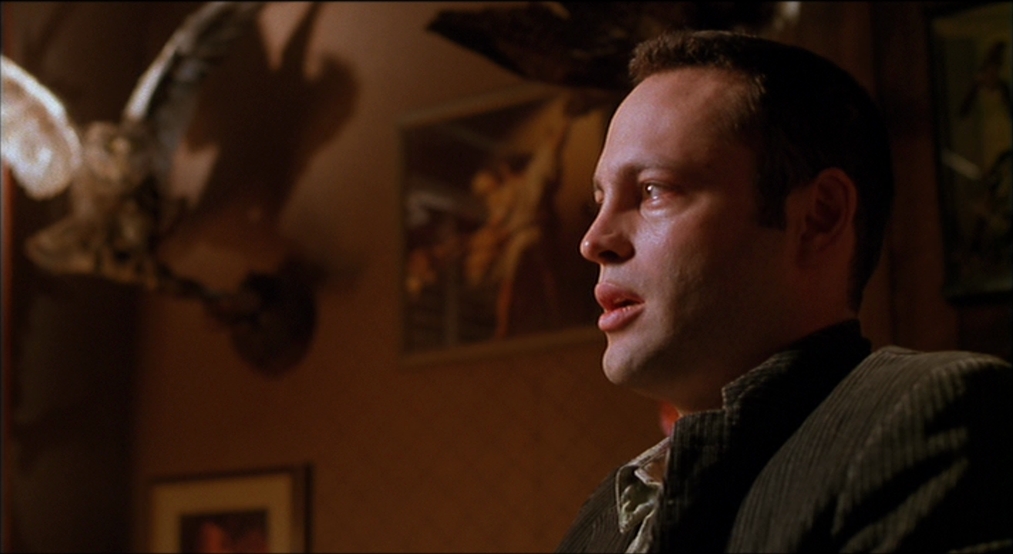


The depiction of ordinary Arizona desert landscape here lacks any of the same alienating effectiveness that the black-and-white photography lent to the original. It bleeds out the stark, atmospheric effectiveness the original had.

However, the addition of colour works against the film.
#PSYCHO 1998 FILM FREE#
The $40,000 that Marion Crane steals is inflation-adjusted to $400,000 Gus Van Sant is free to show more graphic blood-letting during the shower scene and now a spider that crawls out of the mouth of the mummified remains of Mrs Bates. The remake makes a number of minor changes. Being a shot-for-shot remake, Psycho 1998 closely adheres to the original and cannot help but work in many of the places that the original did. The sense of desecration that exists is more in the conceit that someone has dared to touch one of the classics. In its favour, Psycho 1998 is never as ghastly a desecration of the original that other films like the campy King Kong (1976) or The Haunting (1999) remakes were, or one that messes with the effectiveness of the original in an attempt to be more upbeat like the remakes of The Vanishing (1993) and Diabolique (1996) did. The latter two were more of a challenge than most audiences and reviewers were prepared to tolerate and it seems that with Psycho, Gus Van Sant allowed his penchant for eccentricity to bite off more than he can chew. Gus Van Sant has made some fine commercial films – To Die For (1995) and Good Will Hunting (1997) and critically acclaimed hits like Milk (2008) – but also balances these with films that are made with an eccentricity that seems to wilfully challenge an audience’s patience – the likes of My Own Private Idaho (1991) and the universally reviled Even Cowgirls Get the Blues (1993). Yet the irony of it is that the niche audience it is aimed at that I spoke to found the exercise slow-paced and tedious, they being too familiar with the modern psycho-thriller conventions that the original Psycho created to find much originality or novelty to it. It panders to a lowest common denominator in an audience – the film’s sole commercial hopes lay in the belief that modern 16-25 year old audiences are too lazy to watch a film that is made in black-and-white or without contemporary stars. Indeed, the more one looks at the thinking that has motivated the remake, the more there seems to be an overwhelming a sense of pointlessness to it. Needless to say, Psycho 1998 earned itself a thorough hammering even before a single commentator had seen a frame of it for its daring to desecrate a classic – some online film sites even called for a boycott. For what point can a film that admits the original cannot be bettered so much so that it can only copy it shot for shot possibly serve – it is a work that has openly and loudly cheered the unsurpassable superiority of the original even before it has opened? Psycho 1998 seems constructed as a vanity exercise, a conceit – the same way that commercials quote and parody scenes from films or people construct three-dimensional dioramas of classic works of art – one that seems to have been made more to see if it could be done than to serve any real purpose. Psycho 1998 is surely the ultimate fin du siecle celebration of the view that all originality is dead and that all creativity is left with anymore is the endless quoting and reshuffling of the past.

Even down to the use of the same script, the same musical score and the director making a cameo in exactly the same scene that Alfred Hitchcock did in the original. Over Gus Van Sant’s remake of Alfred Hitchcock’s Psycho (1960) there hangs, like a neon sign in the sky, the single question “Why?” It is the ultimate postmodern conceit – the shot-for-shot remake of a classic film.


 0 kommentar(er)
0 kommentar(er)
